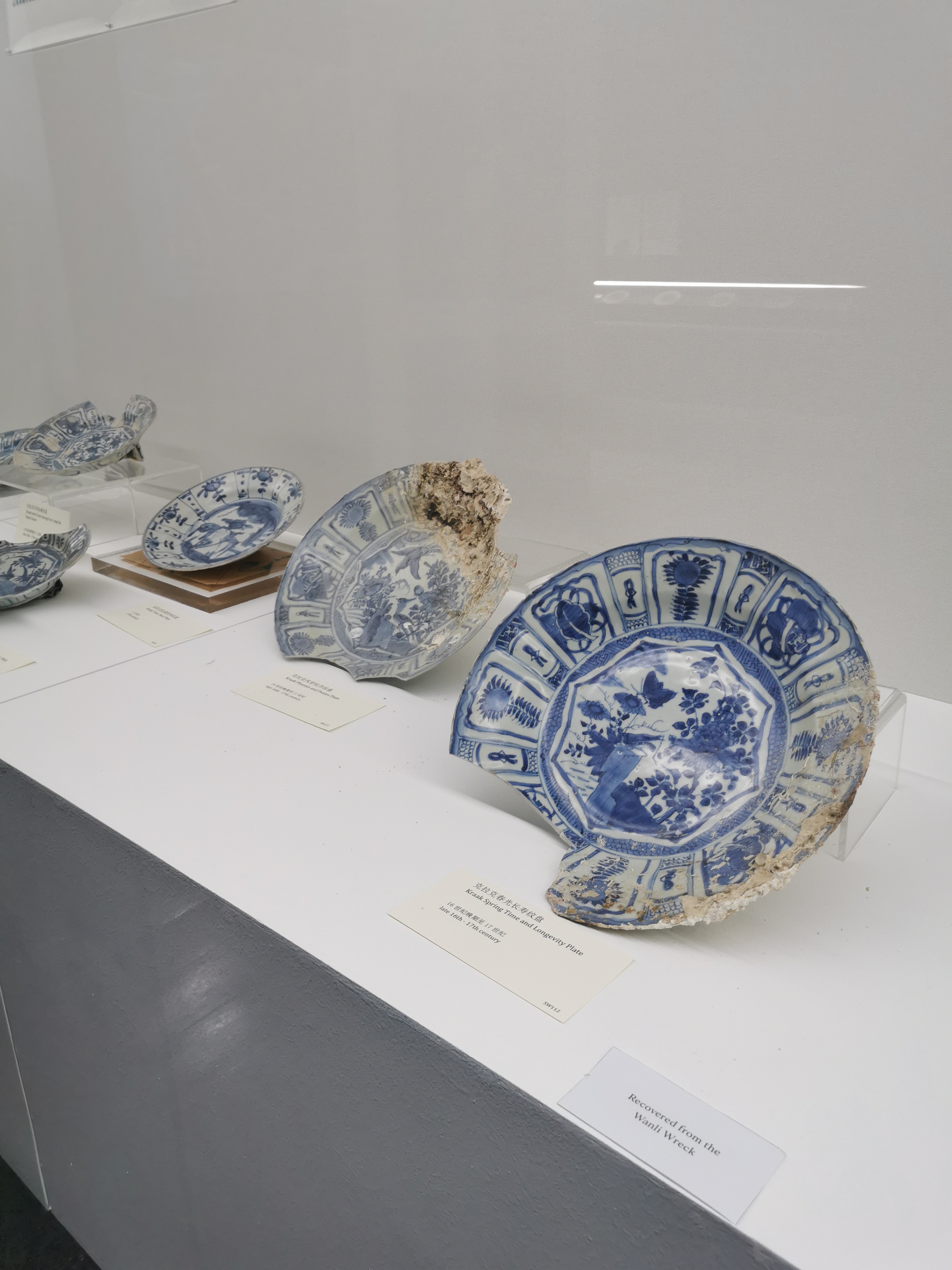
The Charm of the Wanli
In 1625, a Portuguese vessel sailed from China to the Straits of Melaka, carrying a valuable cargo of chinaware and pottery. The ship, “Wanli,” was expected to bring substantial profits to the Portuguese. Tragically, the Wanli never reached its intended destination, sinking halfway through its journey in the South China Sea. The ship’s remains and precious cargo were discovered buried deep in the ocean off the coast of Terengganu, Malaysia, six miles east of the coastline. The initial revelation came in 1998 when local fishermen found pottery in their nets.
Six years later, the shipwreck was located, revealing an abundance of blue and white antique Chinese porcelains from the Ming Dynasty. The Ming Dynasty ruled China from 1368 to 1644 and was renowned for its exquisite ceramics. Consequently, the vessel was named the Wanli shipwreck due to the recovered ceramics being traced back to the Guangyinge site in Jingdezhen. This town was historically significant for its porcelain production during Emperor Wanli’s reign (1573-1620).
Only a fraction of the ship has been successfully retrieved in a preserved state, as much of the hull was severely damaged. Moreover, a significant portion of the cargo has been lost, likely destroyed by a massive explosion that ensued during a battle between the Portuguese ship and a rival vessel, possibly of Dutch origin. According to archaeological reconstructions, it is believed that the fire reached the ammunition store, resulting in a powerful explosion that tore off the stern and caused the remains to sink to a depth of 40 meters.
Despite the destruction caused by the explosion, more than 9,000 kilograms of porcelain shards were recovered from the site. These fragments serve as valuable evidence of the various forms, styles, and decorative techniques employed during the period when trade flourished. Notably, the explosion significantly damaged the ceramic cargo, yet the recovered pieces still provide valuable insights into the trading practices of the time.
Overall, the Wanli shipwreck of 1625 is a significant archaeological find, shedding light on the maritime trade routes, cultural exchange, and porcelain production during the Ming Dynasty. The recovery of these artefacts contributes to our understanding of the historical and economic dynamics of the era.
Hop on by the Straits & Oriental Museum to see some of the recovered pieces and learn more about the Wanli Shipwreck.


